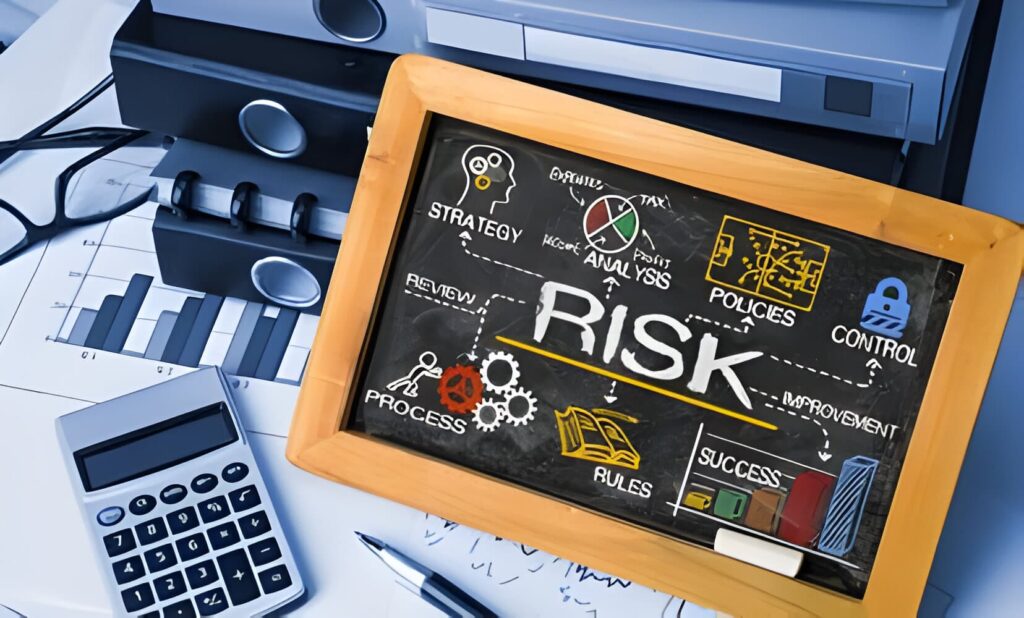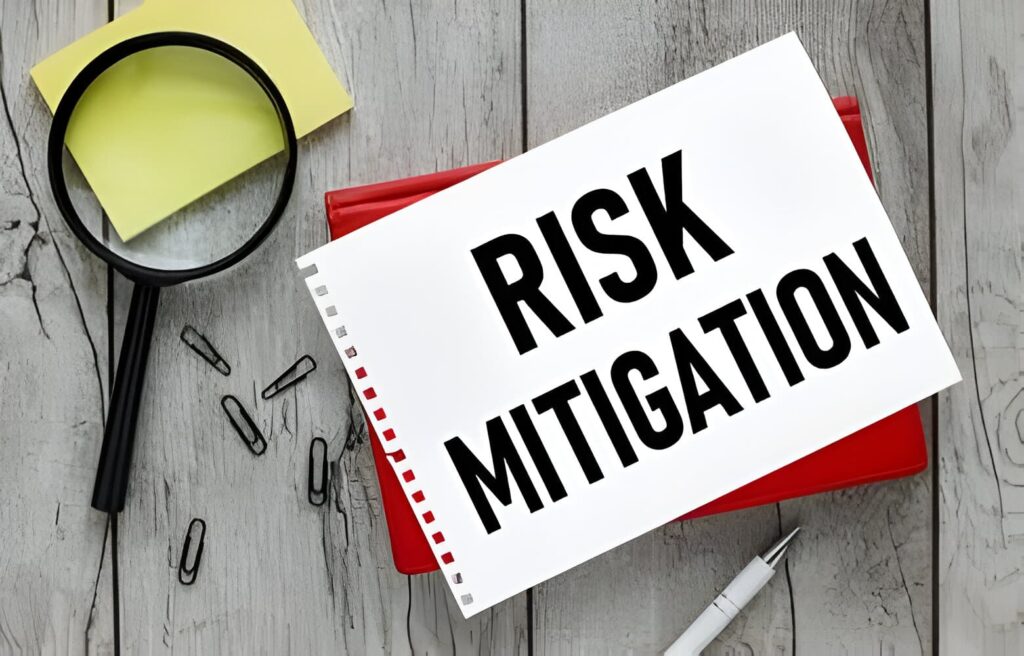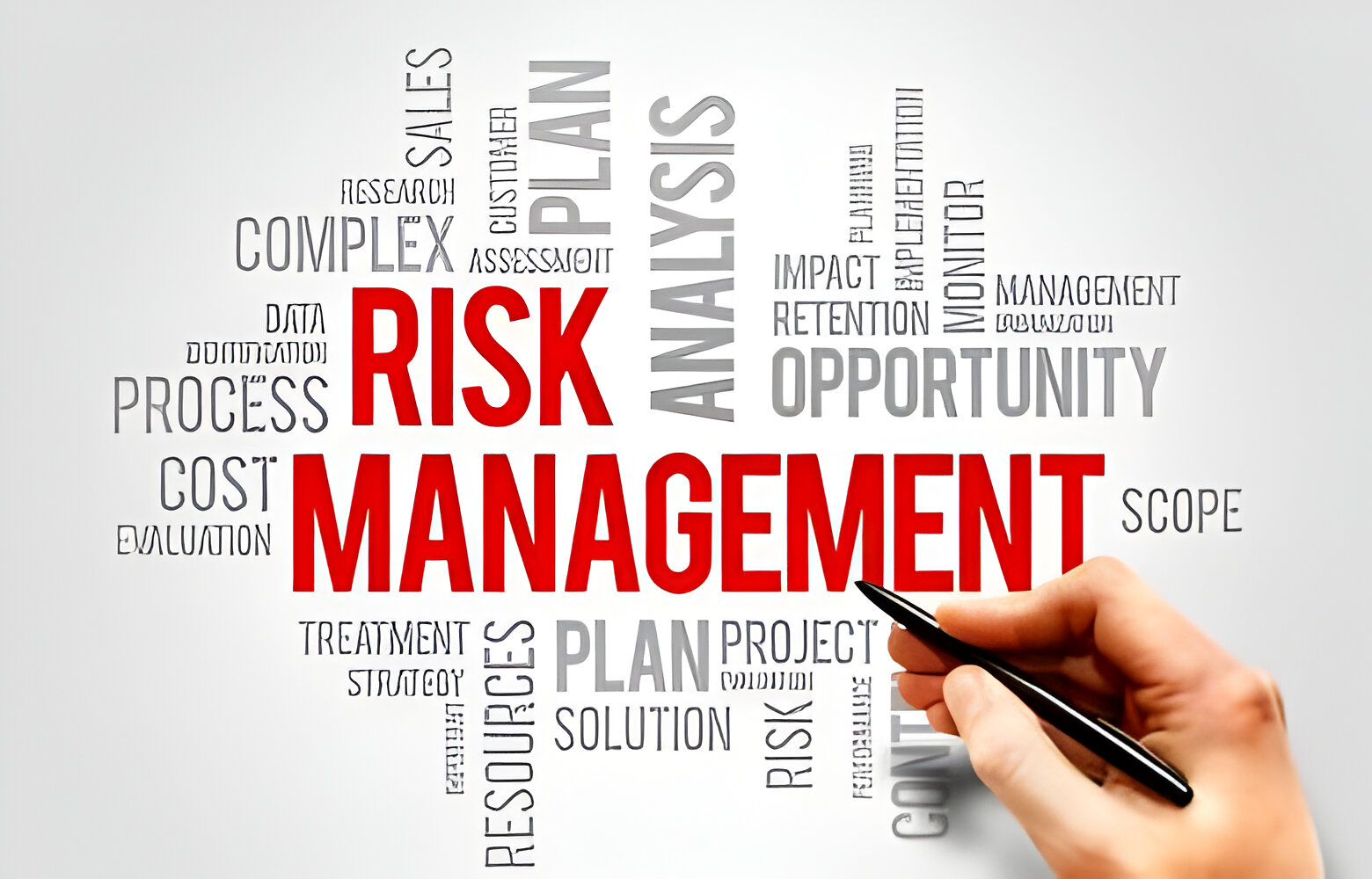The modern-day supply chain is a marvel of world coordination, innovation, and efficiency. However, it also faces unprecedented risks and challenges that could disrupt operations at more than one degree. Effective hazard management is critical for maintaining a reliable supply chain that could face up to various disruptions, from natural disasters to geopolitical issues. In this blog, we delve into diverse techniques to mitigate those risks and discover how systems like Farm To Plate can significantly aid in these efforts.
Identifying Potential Risk Factors in the Supply Chain

The identity of capability hazard factors is essential for the resilience and performance of supply chains. It allows agencies to preventively cope with risks for an adaptable and solid supply community.
External Risk Factors
- Geopolitical Instability: Shifts in political climates affecting trade guidelines and international relations.
- Economic Fluctuations: Changes in marketplace dynamics that impact supply and demand.
- Environmental Disasters: operations that can halt production or transportation, such as earthquakes or floods.
- Regulatory Changes: new laws or standards that alter operational compliance requirements.
Internal Risk Factors
- Process Efficiency: Challenges like slow production due to poor automation.
- System Reliability: Outdated IT infrastructure leading to outages or inefficiencies.
- Cybersecurity: vulnerability to data breaches compromising crucial supply chain data.
- Human Factors: errors or mismanagement within the organization impacting operations.
Supplier-Related Risk Factors
- Ensuring supplier reliability is essential for sustained supply chain operations.
- Cybersecurity for supplier networks needs robust measures to prevent data breaches.
Compliance and Regulatory Risks
- Companies must adhere to diverse international guidelines to avoid legal issues and supply chain disruptions.
- Regular updates to compliance strategies are necessary due to changing regulations.
Environmental and Sustainability Risks
- Increases in consumer and regulatory focus on sustainability require eco-friendly business practices.
- Resource management and sustainable practices can reduce operational risks and bolster reputations.
Geopolitical and Socioeconomic Risks
- Trade issues and political disturbances can threaten supply chain stability.
- Social factors like labor conflicts or health emergencies necessitate a proactive and flexible approach.
Technological and Market Risks
- System Risks: IT failures and data breaches need strong security and reliable infrastructure.
- Market Fluctuation Risks: Demand prediction errors and inventory issues call for dynamic supply chain management.
Strategies for Mitigating Supply Chain Risks

Diversification of Suppliers
Putting all your eggs in one basket, especially in the context of suppliers, can be risky. Diversification can help mitigate this risk:
- Multiple Sourcing: Having more than one supplier for critical components can ensure continuity.
- Global Sourcing: Expanding the geographic base of suppliers can reduce dependence on any one region.
Technology Integration
Technological solutions can enhance visibility and responsiveness:
- Supply Chain Management Software: Tools that offer real-time information and analytics.
- Predictive Analytics: Machine learning techniques that forecast potential disruptions.
Collaborative Partnerships
Strong relationships with suppliers and logistics partners can lead to shared risk management and faster resolution times. This includes:
- Joint Risk Planning: Collaborate with partners to develop uncertain plans.
- Transparent Communication: Regularly exchanging information to anticipate changes.
Regulatory Compliance and Standards
Adhering to ISO regulations can safeguard against legal and operational risks:
- Quality Management Systems: Implementing ISO standards ensures consistent quality and safety.
- Regulatory Knowledge: Staying updated with trade laws and regulations.
Flexibility and Adaptability
Supply chains must be adaptable to survive unexpected shifts:
- Scalability: ability to scale operations up or down as needed.
- Flexible Manufacturing: Implementing processes that can easily switch between products.
Tackling Supply Chain Challenges with Farm To Plate

Farm To Plate steps up as a technologically advanced ally inside the intricacy of supply chain control. Addressing vulnerabilities head-on, this system wields a collection of features designed to reduce the complexity and bolster reliability within the food supply systems.
- Soil Testing: The journey from farm to plate begins with the soil. Farm To Plate’s soil testing capabilities permit for informed decision-making right from the start, making sure that only the most fertile grounds nurture the crops.
- Live Tracking: Transparency and real-time insights are vital for managing supply chain risks. This feature maintains a diligent watch over the products as they travel, providing stakeholders with stay updates and location information.
- Network Management: To optimize the inner workings of a supply network, you need effective control tools. Farm To Plate enables streamlined coordination between providers, distributors, and retailers, mitigating risks which include miscommunication and delays.
- User Management: Controlling who has access to various levels of supply chain data is important. This function permits for sturdy permission systems and activity monitoring to maintain secure and green operations.
- Inventory Control: Understanding stock degrees in real-time facilitates prevent eventualities of overstocking or stockouts. Farm To Plate’s complete stock control mechanisms, which includes in-inventory, overstock, min-max, and re-order tiers, ensure balance and preparedness.
- GHG Emission Tracking: Sustainability is now a vital issue of supply chain control. Tracking greenhouse gas emissions encourages accountable practices and enables organizations meet environmental compliance and consumer demand for eco-conscious products.
- End-to-End Traceability: This cornerstone feature seals the loop, imparting a complete historical file of the product’s lifecycle. Stakeholders can trace back via the whole supply chain, from growth and harvest to the distribution and retail.
Empowered with those capabilities, Farm To Plate not only streamlines the flow of goods but also instills confidence that food products are handled sustainably and safely throughout their journey. It’s a proactive method to handle supply chain risks, ensuring that disruptions are minimized, and the route from farm to plate is secure and transparent.
Conclusion
In a world where the global supply chain faces constant disruptions, risk management has become more critical than ever. A diverse and technology driven approach is essential for setting up a resilient supply network capable of withstanding the dynamics of the modern economy. Within this context, Farm To Plate offers a revolutionary vision for mitigating supply chain risks. As a platform integrating blockchain and IoT solutions, it brings visibility, sustainability, and multifaceted features to the forefront of the supply chain industry.
Farm To Plate’s commitment to continuous innovation, community engagement, and sustainability reflects the future of risk management in supply chains. Organizations that adopt and continuously refine strategies in line with Farm To Plate’s cutting-edge tools are positioned to successfully navigate disruptions. This proactive approach not only stabilizes and extends the lifespan of their supply chains but also bolsters their competitive advantage in the global marketplace.
Sravya Priya, Content Marketing Specialist at farmtoplate.io
